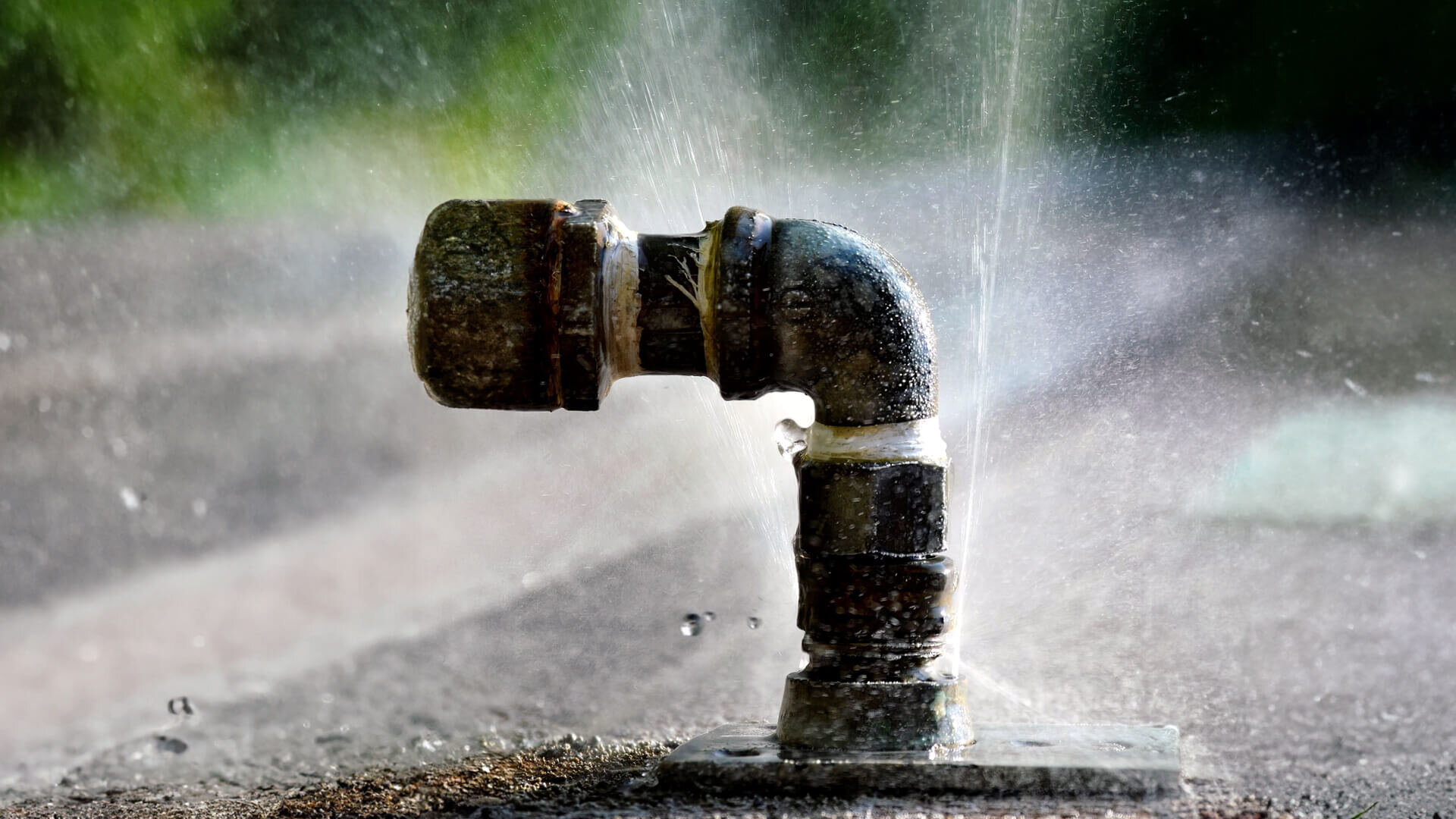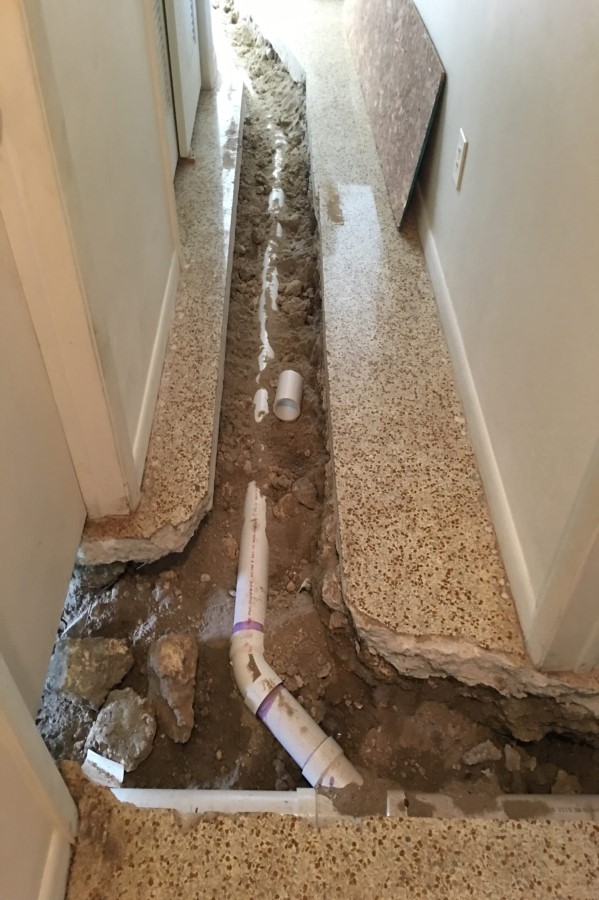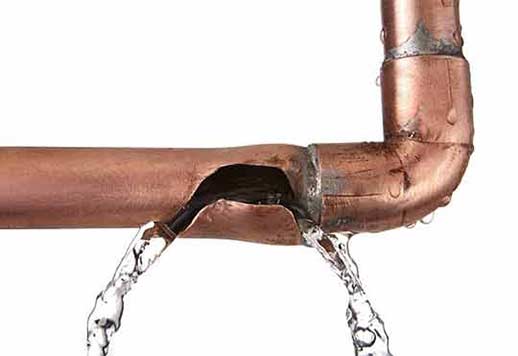Burst Pipe Insurance Claims: What You Need to Know for Water Damage Coverage
Burst Pipe Insurance Claims: What You Need to Know for Water Damage Coverage
Blog Article
Preventing Burst Pipeline: Necessary Tips to Secure Your Plumbing
Avoiding ruptured pipes is an important worry for property owners, particularly throughout cooler months when the danger of cold is increased. Executing strategic actions such as appropriate insulation, routine examinations, and preserving consistent interior temperatures can dramatically minimize the possibility of pipeline failure. In addition, comprehending emergency situation procedures outfits house owners to respond promptly to potential plumbing problems. However, several are uninformed of the specific vulnerabilities that their pipelines may encounter. Checking out these susceptabilities can provide invaluable insights right into safeguarding your pipes system properly.
Understand Pipeline Vulnerabilities
Recognizing pipeline susceptabilities is necessary for efficient plumbing maintenance and avoiding costly damage. Several variables add to the susceptibility of pipes to bursts, including material make-up, age, and ecological conditions. Older pipes, particularly those made from galvanized steel or polybutylene, typically break down in time, causing enhanced risk of leaks and tears.
Temperature fluctuations can also significantly influence pipeline integrity. In colder environments, water caught in pipes can ice up, increasing and putting in stress on the pipe wall surfaces, which may ultimately bring about a ruptured. Furthermore, high water stress can strain pipes, specifically at joints and bends, heightening the chance of failure.

Insulate Piping Appropriately
Proper insulation of pipelines is critical for stopping cold and succeeding ruptureds throughout winter (burst pipe). Protecting your plumbing system efficiently safeguards versus temperature drops that can result in expensive damage. Begin by determining susceptible areas where pipes are exposed to outdoor temperatures, such as basements, attic rooms, and outside wall surfaces
Use foam pipe insulation sleeves or wrap insulation tape around these areas to provide a safety obstacle. Make sure that all sections of the pipes, particularly those with limited warmth direct exposure, get appropriate insulation. Pay special attention to fittings and joints, as these are a lot more vulnerable to freezing.
When shielding, it's important to pick products that satisfy local structure codes and are suitable for the certain atmosphere. As an example, fiberglass insulation is usually advised for its thermal resistance buildings - burst pipe. In addition, consider utilizing warm cable televisions or tape in severe problems, which can be plugged in to offer supplementary heat
Routinely inspect insulated pipelines for any indicators of wear or damage, as endangered insulation can decrease its performance. By taking these positive actions, you substantially decrease the threat of pipe bursts, making certain a trustworthy plumbing system throughout the winter season.
Maintain Constant Temperature
A steady interior temperature is necessary for protecting against ruptured pipelines throughout the cold months. When temperature levels decline, water within pipelines can freeze, creating and expanding stress that might eventually trigger the pipes to burst. To minimize this threat, home owners must preserve a consistent temperature throughout their living room, preferably no less than 55 ° F(13 ° C)Making use of a programmable thermostat can help handle interior temperatures efficiently, guaranteeing that rooms with pipes stay cozy even when your house is empty. Pay special attention to locations that are much more susceptible to cool, such as cellars, garages, and attics. Maintaining cupboard doors open under sinks can also permit warmer air from the home to circulate around pipes.
In addition, it is prudent to permit taps to trickle slightly throughout severe cold spells. This minor circulation of water can avoid freezing by relieving pressure within the pipes. During especially extreme weather events, consider briefly suspending any type of nighttime obstacles on your thermostat to preserve a consistent cozy atmosphere. By carrying out these approaches, home owners can significantly reduce the risk of pipeline ruptureds and secure their pipes systems against the severe winter season elements.
Frequently Evaluate Plumbing
Regular assessments of plumbing systems are important for preventing burst pipelines and maintaining general home honesty. During these assessments, it is essential to take a look at noticeable pipes for indications of rust, leakages, or wear.
Furthermore, checking joints and links is important, as these points are usually prone to leaks. House owners need to likewise analyze water pressure levels, as extreme pressure can strain the pipes system and increase the threat of pipeline bursts.
Consider organizing professional pipes assessments a minimum of annually, specifically before winter season, to ensure your system is prepared for chillier temperatures. Routine evaluations not Visit Website just aid in recognizing immediate issues yet additionally foster lasting upkeep methods that can enhance the lifespan of your pipes system. By being aggressive in your strategy, you can safeguard your home against the turbulent and pricey effects of ruptured pipes. Prioritizing plumbing inspections is an investment in your home's health and safety.
Know Emergency Procedures
Recognizing emergency situation treatments is vital for every property owner, particularly after performing routine pipes examinations. Being prepared for a plumbing emergency can dramatically reduce damage and save expenses.
Next, keep necessary devices convenient. A plumbing emergency set must include a wrench, plunger, and towels, in addition to a flashlight and a pail for tiny leakages. more tips here In addition, consider having the contact information for a trusted plumbing conveniently offered, must the scenario intensify past your control.
If you discover a leak or burst pipeline, instantly turn off the supply of water and notify your plumber. Additionally, document the damage with pictures for insurance policy objectives. burst pipe. Understand the signs of possible plumbing problems, such as uncommon water stress variations or damp places on walls
Eventually, proactive knowledge and quick action are critical in taking care of pipes emergency situations, guaranteeing your home stays protected and decreasing prospective damage.

Final Thought
Finally, stopping burst pipes demands a complex approach that consists of understanding pipe vulnerabilities, correct insulation, keeping consistent indoor temperature levels, regular evaluations, and knowledge of emergency situation procedures. By implementing these important strategies, the threat of plumbing failures can be significantly lowered, consequently guaranteeing the long life and effectiveness of the plumbing system. Positive measures not just secure against possible damage yet additionally add to general water conservation and the security of residential or commercial property.
In chillier environments, water trapped in pipes can ice up, putting in and increasing pressure on the pipeline wall surfaces, which may eventually lead to a look at more info ruptured. When temperatures decrease, water within pipelines can freeze, creating and broadening stress that might ultimately trigger the pipelines to burst. By executing these approaches, property owners can dramatically reduce the danger of pipe bursts and secure their pipes systems versus the harsh winter season elements.

Report this page